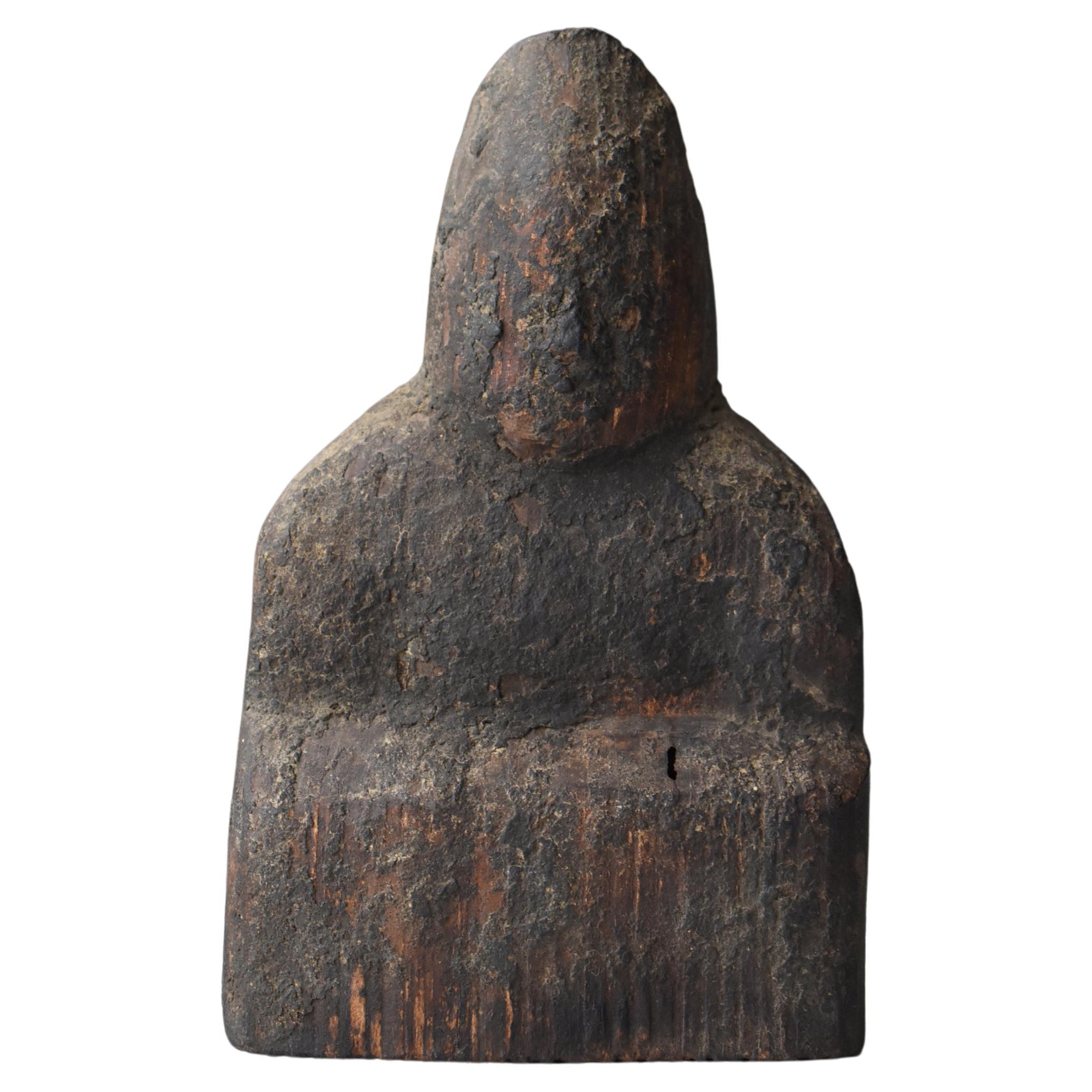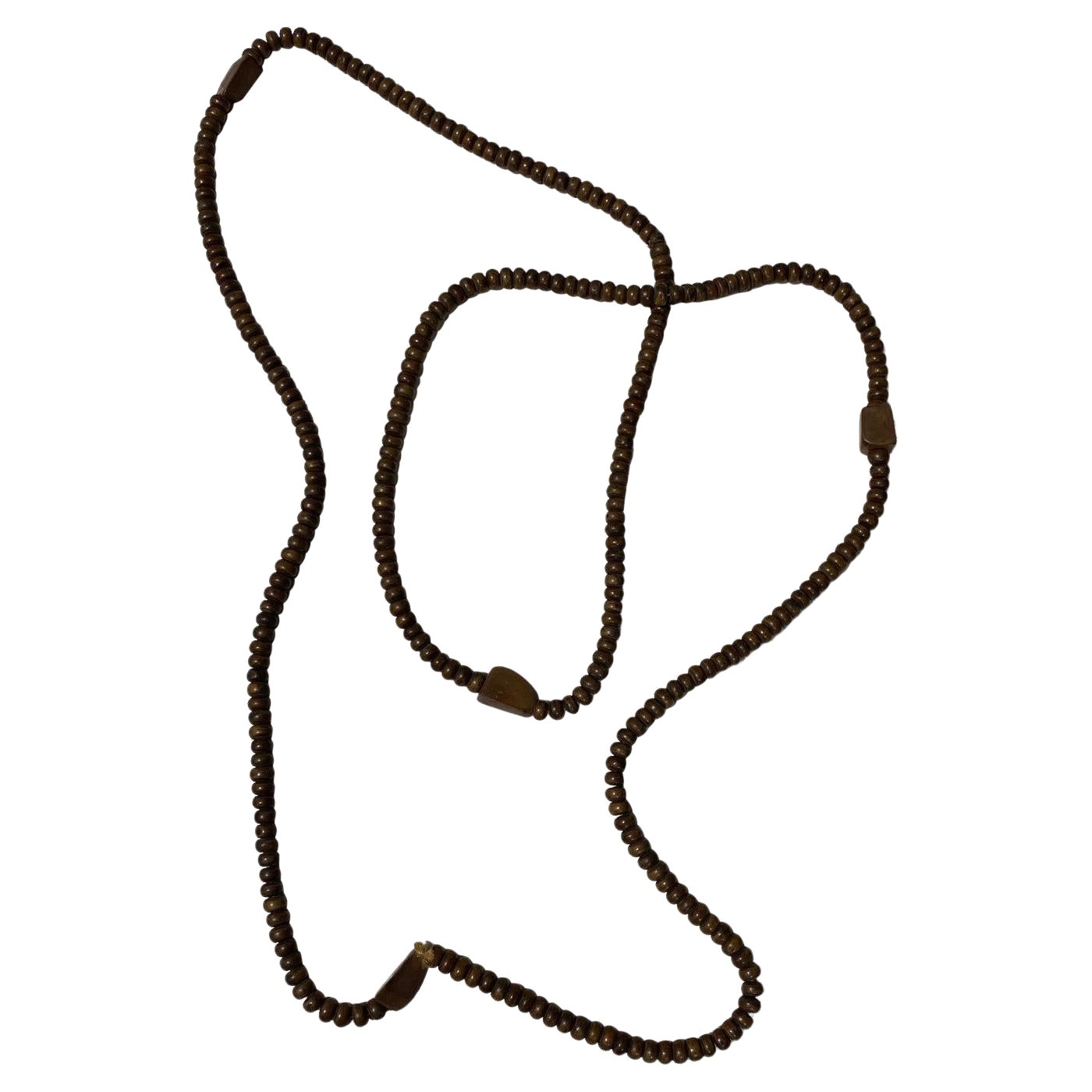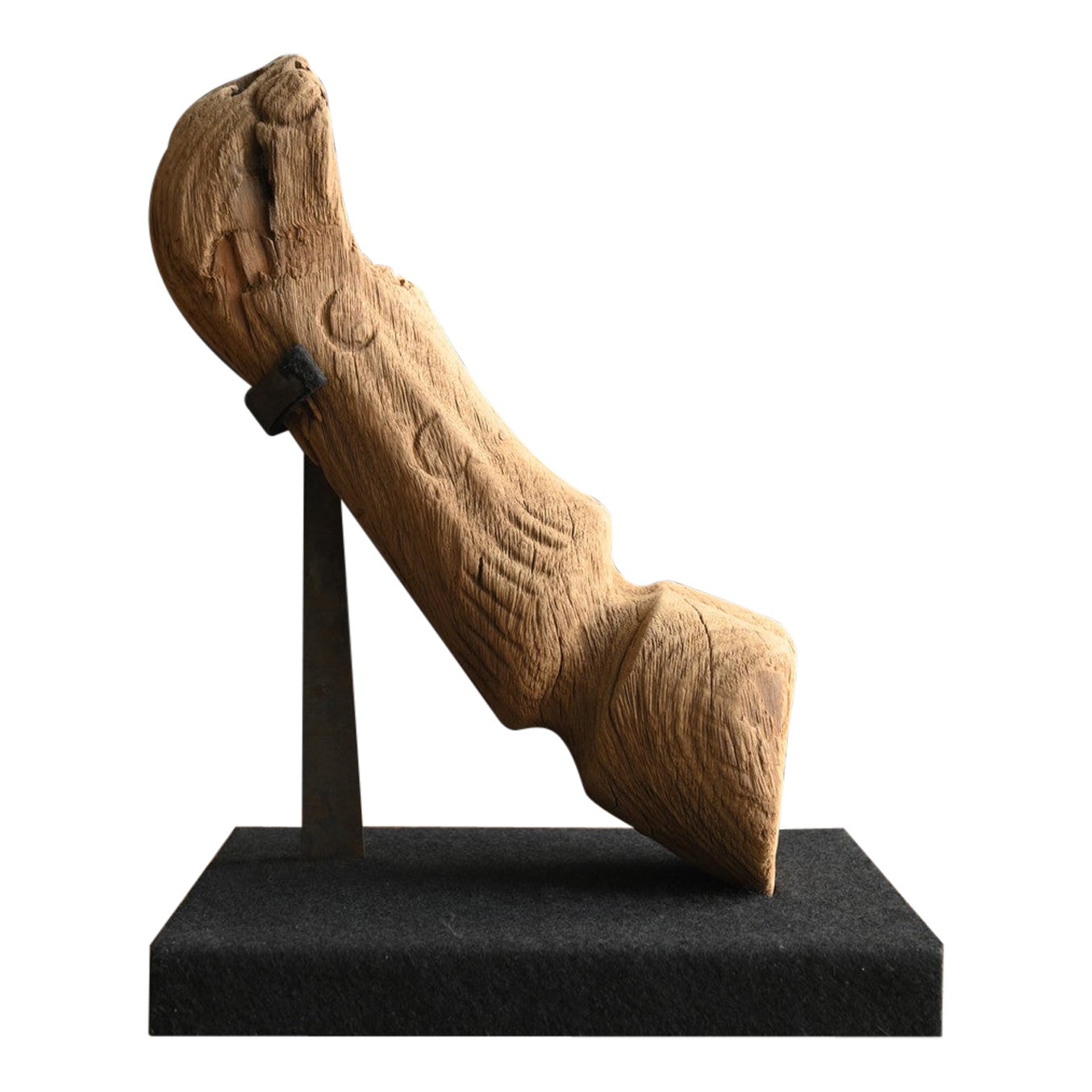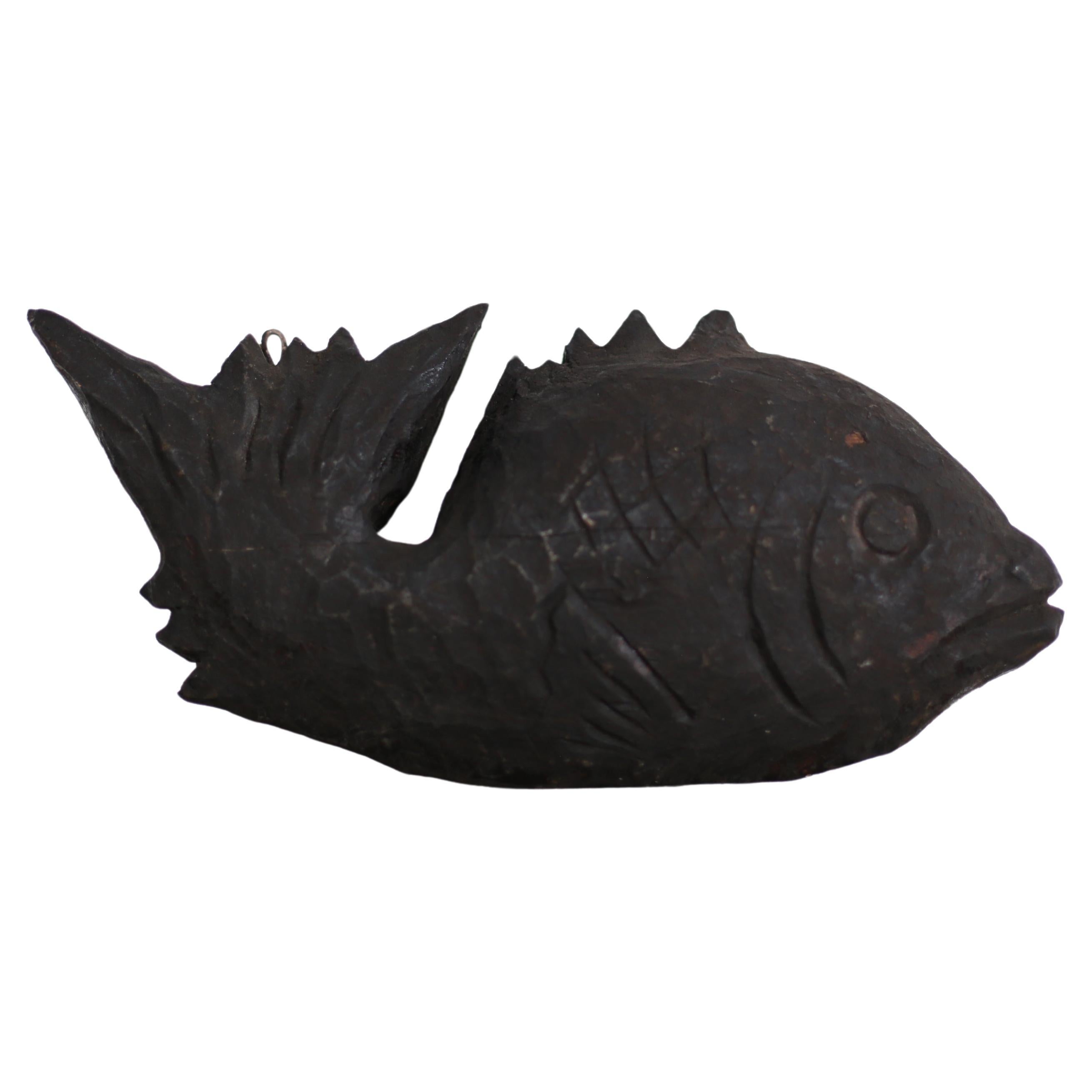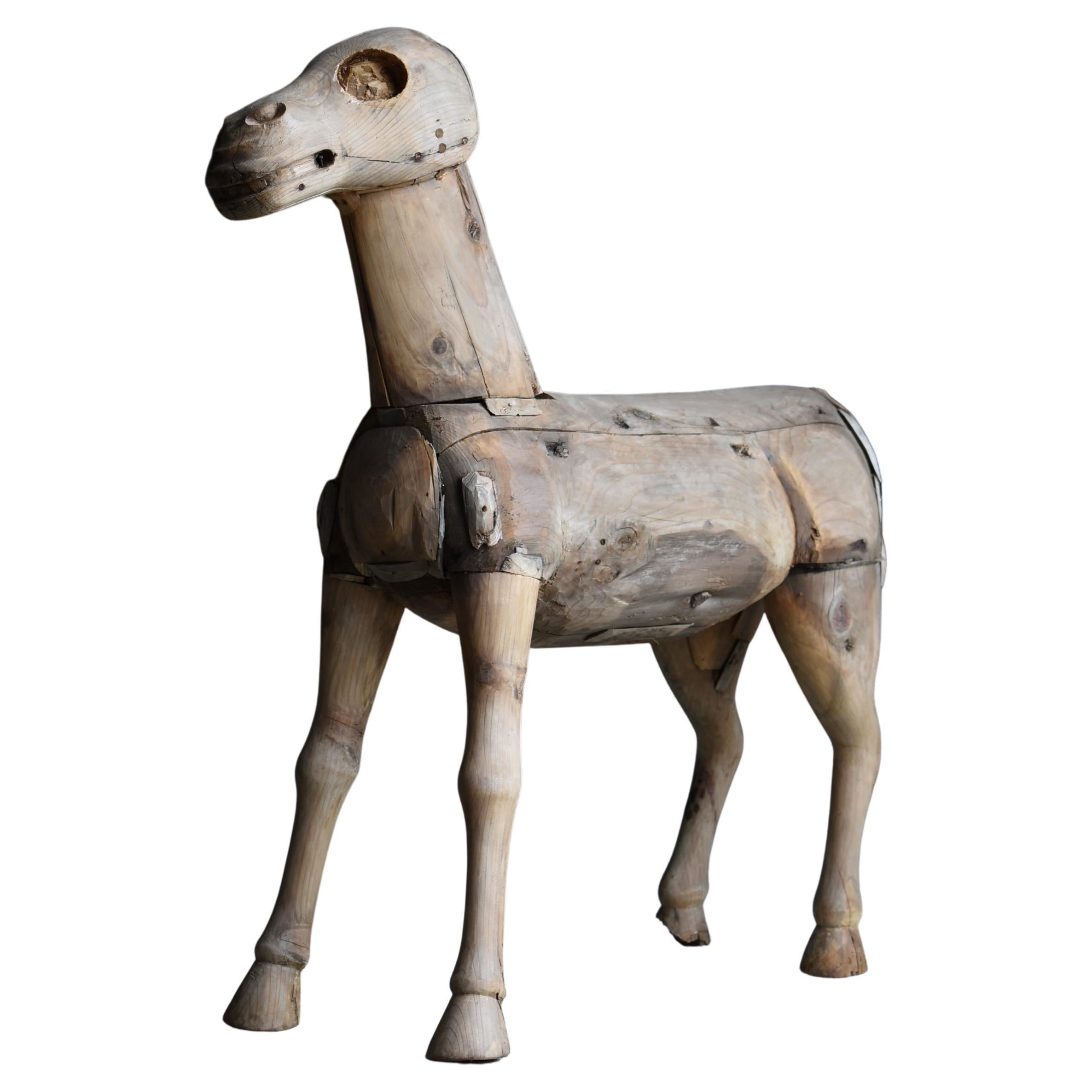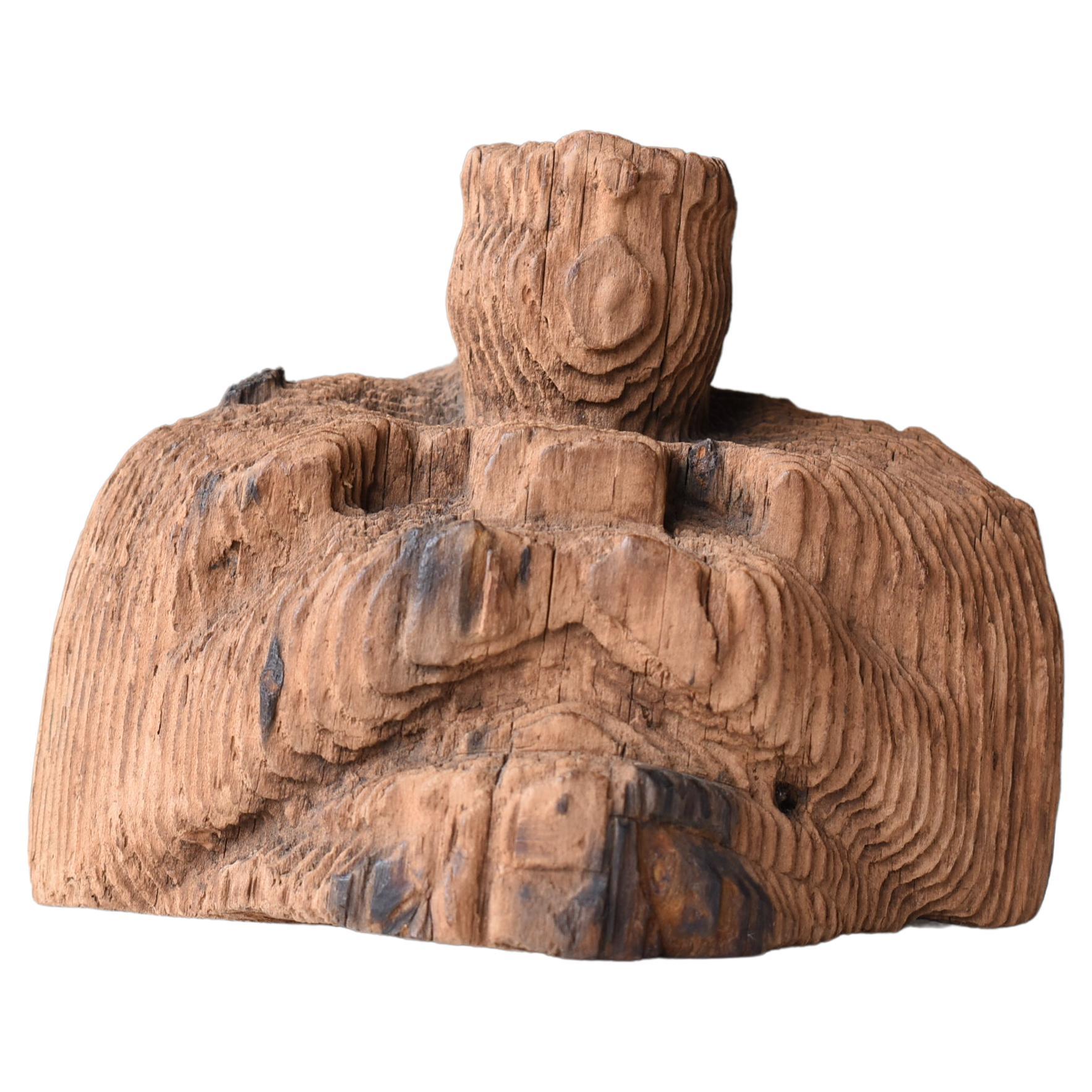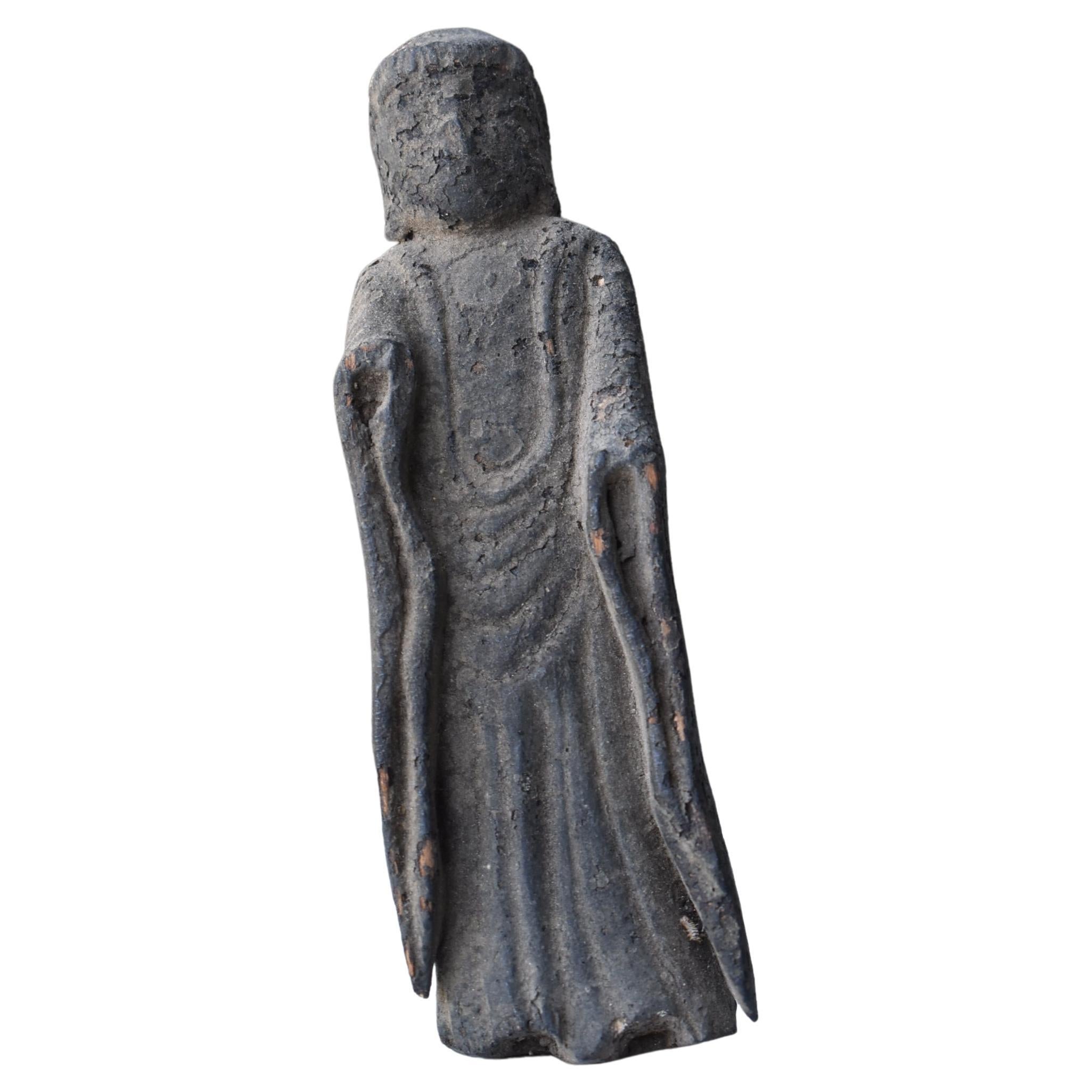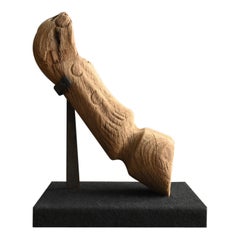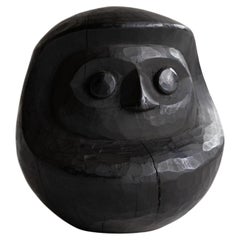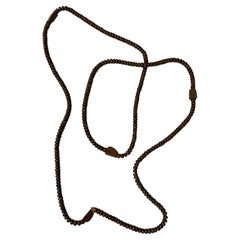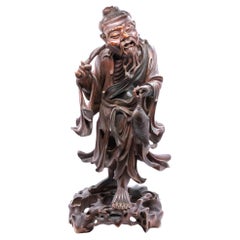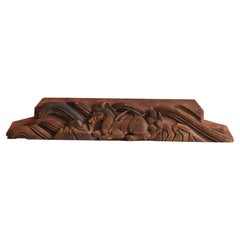
Antique Wood Carvings at Japanese Shrines and Temples / Headboard / Wall Hanging
View Similar Items
Want more images or videos?
Request additional images or videos from the seller
1 of 21
Antique Wood Carvings at Japanese Shrines and Temples / Headboard / Wall Hanging
About the Item
- Dimensions:Height: 9.85 in (25 cm)Width: 53.55 in (136 cm)Depth: 1.97 in (5 cm)
- Style:Meiji (Of the Period)
- Materials and Techniques:
- Place of Origin:
- Period:
- Date of Manufacture:1886-1926
- Condition:
- Seller Location:Sammu-shi, JP
- Reference Number:1stDibs: LU5487224930922
About the Seller
5.0
Platinum Seller
These expertly vetted sellers are 1stDibs' most experienced sellers and are rated highest by our customers.
Established in 2015
1stDibs seller since 2020
1,110 sales on 1stDibs
Typical response time: 4 hours
More From This SellerView All
- Japanese antique wood carving "Kirin's legs" /1800s/Shrines and temples carvingsLocated in Sammu-shi, ChibaDo you know Kirin? It is a type of legendary animal that appears in Chinese mythology, and is a spiritual animal that has been passed down in Japan since ancient times. At first glan...Category
Antique 19th Century Japanese Edo Sculptures and Carvings
MaterialsWood
- Japanese Antique Wood Carving Fish 1860s-1900s / Mingei Figurine Object WabisabiLocated in Sammu-shi, ChibaThis is a very old Japanese wood carving of a fish. It is a wood carving from the Meiji period (1860s-1900s). It is carved from cedar wood. This wood carving is attached to a free h...Category
Early 20th Century Japanese Meiji Sculptures and Carvings
MaterialsCedar
- Japanese Antique Wood Carving Black Daruma 1860s-1920s / Wabi Sabi SculptureLocated in Sammu-shi, ChibaThis is an old Japanese large wooden Daruma. It is from the Meiji period (1860s-1920s). It is made from a large cedar tree. It is rustic and beautiful, with traces of hand-carving...Category
Early 20th Century Japanese Meiji Sculptures and Carvings
MaterialsCedar
- Japanese Antique Wood Carving Monkey 1860s-1900s / Figurine Sculpture Wabi SabiLocated in Sammu-shi, ChibaThis is a very old Japanese wood carving of a monkey. It is a wood carving from the Meiji period (1860s-1900s). It appears to be carved from cedar wood. "Monkey holding a peach" Pea...Category
Mid-20th Century Japanese Meiji Sculptures and Carvings
MaterialsCedar
- Japanese Antique Wood Carving Elephant 1860s-1920s / Wabi Sabi Sculpture ObjectLocated in Sammu-shi, ChibaThis is a very old Japanese elephant wood carving. This wood carving dates from the Meiji period (1860s-1920s). We estimate the material to be cedar w...Category
Early 20th Century Japanese Meiji Sculptures and Carvings
MaterialsCedar
- Japanese Antique Wood Carving Large Horse 1800s-1860s / Sculpture WabisabiLocated in Sammu-shi, ChibaVery old Japanese large wooden carving of a horse. It dates from the Edo period (1800s-1860s). It is made of cedar wood. In Japan, there is ...Category
Antique Late 19th Century Japanese Edo Sculptures and Carvings
MaterialsCedar
You May Also Like
- Japanese Temple Shrine Buddhist Monk Juzu Prayer Wood Beads Mala Rosary NecklaceLocated in Studio City, CAA truly magnificent and special work - this beautiful and exceptionally long string of Japanese handcrafted natural wood (perhaps rosewood) Buddhist Juzu mala beads with four large square-like beads called shitenshu beads said to represent the Four Heavenly Kings: Jikko-Ten, Zocho-ten, Hiromoku-ten, and Tamon-ten (Since there are four square beads, the denomination is probably Tendai or Nichiren sect). These rosary-type prayer bead necklaces were used by Buddhist monks in temple prayers / rituals and worn by Samurai as amulets of protection. We have not come across another set of Juzu beads...Category
Antique 19th Century Japanese Meiji Sculptures and Carvings
MaterialsWood
- Japanese Wood Gilt Lacquer Buddha Buddhist Temple Traveling Zushi Shrine AltarLocated in Studio City, CAA wonderful Japanese Buddhist portable traveling zushi shrine altar with Amida Buddha (Amitabha) concealed inside the folded wood doors. This work dat...Category
Early 20th Century Japanese Showa Sculptures and Carvings
MaterialsMetal, Gold Leaf
- Japan 1890 Meiji Period Ebisu Sculpture in Wood Carving of an Old FishermanLocated in Miami, FLAn extremely well detailed wood carving of Ebisu, as a fisherman. Beautiful and well detailed sculpture, created in Japan during the Meiji dynastic period (1868-1912) back in the 1890's. This piece represent the god of good fortune Ebisu. Was exceptionally carved and executed from one solid single piece of rose wood, showing a gorgeous face expression, with intricate details in the hands and feets, he's carrying as usual a rod and a fish. Ebisu (yebisu), ???, god of fortune, the ocean and fisherman. In the japanese mythology is one of the seven gods of luck, sichi-fuku-jin, the patron of the fisherman and tradesmen. he is depicted as a bearded, smiling fisherman with formal long court ropes, often carrying a rod in one hand and a tai, symbolic fish of the good luck, in the other. The height is 14.25 inches (36.20 cm) and the base measurements is 6.5 by 6.45 inches (16.5 x 16.38 cm). Meiji period, is an era of Japanese history that extended from October 23, 1868 to July 30, 1912.The Meiji era was the first half of the Empire of Japan, when the Japanese people moved from being an isolated feudal society at risk of colonization by Western powers to the new paradigm of a modern, industrialized nation state and emergent great power, influenced by Western scientific, technological, philosophical, political, legal, and aesthetic ideas. As a result of such wholesale adoption of radically different ideas, the changes to Japan were profound, and affected its social structure, internal politics, economy, military, and foreign...Category
Antique 1890s Japanese Meiji Sculptures and Carvings
MaterialsWood
- Japanese Huge 18 Inch Antique Temple Shinto Prayer Bell, Genuine Historical ItemLocated in South Burlington, VTHistorical Bell- Immediately Useable First ever to be offered A genuine temple used de-accession 96 inch prayer bell with original wooden handled rope from a shrine in Nakamura Ward, Nagoya, Japan An extraordinary opportunity to acquire, collect, use and display the largest scale 18” temple bell of this kind we have ever seen in private hands- including its original wood and hemp rope pull- a Japanese authentic hand cast copper Shinto Suzu bell. The auspicious temple shrine from which this bell comes, was founded in 1156 to honor Ojintenno, who was the 15th emperor of Japan. It was commissioned in part by Minamoto no Tametomo, who was a famous Samurai, who is known as possibly being the first samurai to commit Seppuku. Its big 18" high and 12" diameter bell including a massive hand carved wooden pull handle measuring 17 inches in length shows patina from great age, dates to the late 19th century, and was formerly rung outside a Nagoya Temple great hall where it was enjoyed by members of Japan's local Shinto communities. This bell was authentically rung at this temple shrine. We will include the original 96 inch rope pull with massive 17 inch long hand carved wooden handle. In total, this is an extraordinary copper bell which includes its rare original wood and hemp rope pull. Important: Please view the actual insitu photograph of this amazing relic before it was deaccessioned. This huge old bell dates to the late 19th century period, displays an impressive patina from age, and sounds impressive. It's lower half portion has been purposely hand-hammered by design to improve its sound- this is not damage. The Suzu Shinto bell...Category
Antique 1890s Japanese Meiji Sculptures and Carvings
MaterialsCopper
$1,440 Sale Price40% Off - Architectural Carved Wood Temple Fragment Wall Bracket from IndiaLocated in North Hollywood, CAAntique architectural carved wood temple truss fragment from Rajasthan, India. 19th century Hindu temple fragment. This antique fragment were elements of a section of hand carved wo...Category
Antique Late 18th Century Indian Anglo Raj Sculptures and Carvings
MaterialsWood
- Architectural Carved Wood Temple Fragment Wall Bracket from IndiaLocated in North Hollywood, CAAntique architectural carved wood temple truss fragment from Rajasthan, India. 19th century Hindu temple fragment. This antique fragment were elements...Category
Antique Late 18th Century Indian Anglo Raj Sculptures and Carvings
MaterialsWood
Recently Viewed
View AllMore Ways To Browse
Japanese Antique Shrines
Wood Carving Wall Hanging
Ceiling Sculpture Hanging
Antique Wood Carved Headboard
Wall Mounted Headboard
Wall Mount Headboard
Wood Carving Headboard
Antique Wood Wall Mounted Carvings
Temple Wall Sculptures
Antique Doors Headboard
Asian Headboard
Headboard Asia
Hanging Headboard
Antique Cedar Doors
1926 Watches
Antique Temple Doors
Japanese Wood Carvings Wall
Antique Watch Slides
